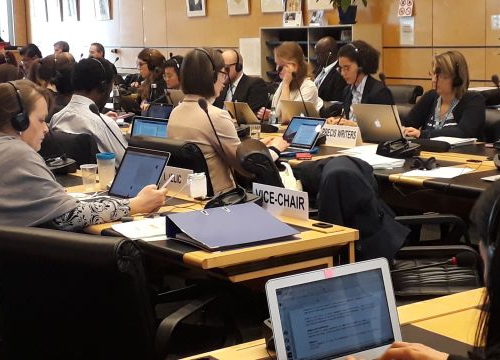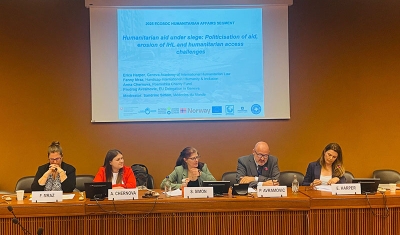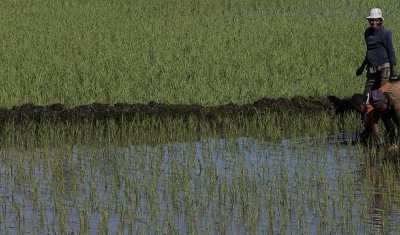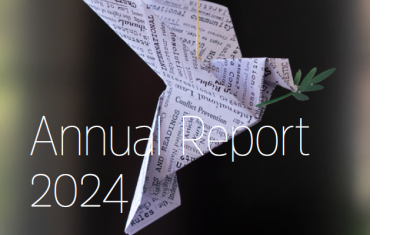New Paper Discusses IHL Implementation through Human Rights Mechanisms


CCPR Centre
31 October 2019
Beyond the International Committee of the Red Cross (ICRC), international humanitarian law (IHL) currently lacks mechanisms to ensure effectively its own compliance.
Such structural flaw has left victims of violations ‘in search of a forum’ and thus prompted a frequent recourse to the more-developed human rights machinery, even if the opportuneness of this tendency has long been – and remains – debated in both intergovernmental and scholarly forums.
‘Issues at stake include the fact that debates on IHL within human rights mechanisms have been criticized for being politicized and applying double standards; for misapplying and/or weakening IHL because of unrealistic requirements; for being unable to address non-State armed groups, which are bound by IHL; for antagonizing important stakeholders such as armed forces; or for weakening the human rights standards whose threshold is higher than that of IHL’ explains Professor Marco Sassòli, Director of the Geneva Academy.
Framing the Issue
Our new working paper Implementing International Humanitarian Law through Human Rights Mechanisms: Opportunity or Utopia? provides an overview of this trend, derives provisional lessons-learned on the opportuneness of human rights bodies dealing with IHL and examines issues that would deserve further academic and/or practical examination.
‘This paper does not pass any judgement on this trend – a trend so entrenched that would, in any case, prove hard to pause – but aims at contributing to its dispassionate assessment’ explains Emilie Max, former Researcher at the Geneva Academy and author of the paper.
After a reminder on mechanisms established by the Geneva Conventions of 1949 and their additional Protocols of 1977, the paper summarily frames the relationship between IHL and international human rights law and assess the competence and practice of political mechanisms emanating from the Charter of the United Nations, as well as of universal and regional treaty-based mechanisms.
A Scientific Colloquium at the 2019 Geneva Human Rights Week
This working paper will be presented at a scientific colloquium on this issue at the 2019 Geneva Human Rights Week organized by the University of Geneva in cooperation with the Geneva Academy.
Bringing academics and practitioners, the colloquium will notably discuss whether and how human rights mechanisms can contribute to the implementation of IHL without lowering the protection afforded by international human rights law or weakening the credibility of IHL. These are particularly relevant questions this year, the 70th anniversary of the Geneva Conventions.







